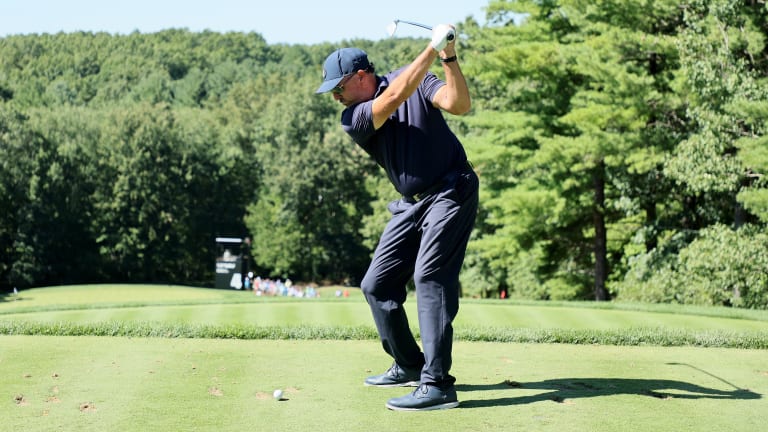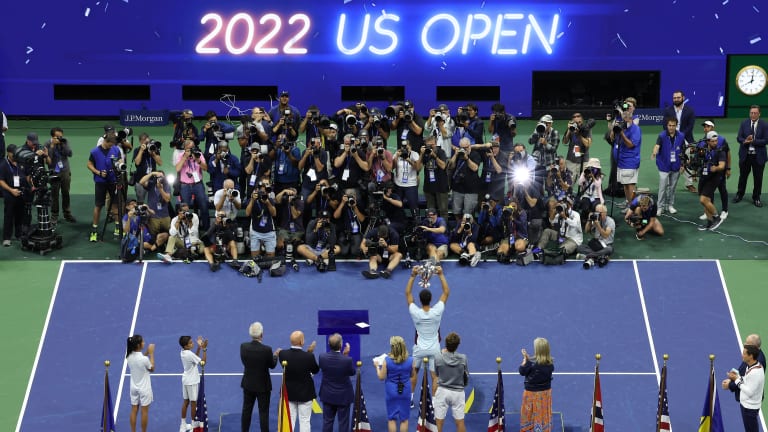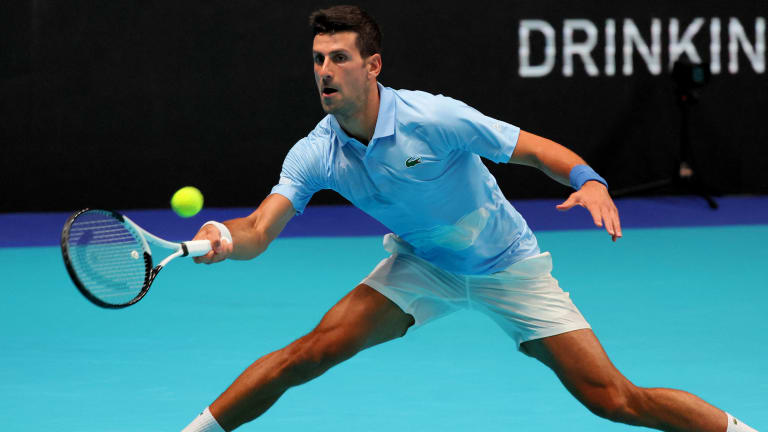The Business of Tennis
Is tennis ripe for a "LIV Golf"-style takeover?
By Sep 30, 2022The Business of Tennis
Garbiñe Muguruza returns to Madrid as co-tournament director
By Dec 13, 2025The Business of Tennis
Billie Jean King applauds historic WTA, Mercedes-Benz partnership: “Far beyond tennis”
By Dec 11, 2025The Business of Tennis
Coco Gauff inks deal to become global brand ambassador for Mercedes-Benz
By Dec 09, 2025The Business of Tennis
Inside BUNKR, the cybersecurity startup winning over the tennis world
By Dec 07, 2025The Business of Tennis
Coco Gauff tops Sportico's highest-paid female athletes list for third year running; Sabalenka, Keys make major jumps
By Dec 04, 2025The Business of Tennis
Aryna Sabalenka sets new WTA single-season prize money record
By Nov 10, 2025The Business of Tennis
Lululemon becomes official outfitter of the BNP Paribas Open in multiyear deal
By Nov 07, 2025The Business of Tennis
New logos, please: The ATP becomes latest tennis org to rebrand in 2025
By Nov 06, 2025The Business of Tennis
Jannik Sinner surpasses 50 million dollars in career prize money after winning Vienna
By Oct 27, 2025Is tennis ripe for a "LIV Golf"-style takeover?
Few thought the rival league would pose a viable threat to the PGA Tour; is a similar rebellion possible in tennis?
Published Sep 30, 2022
Advertising
Advertising

Phil Mickelson's defection from the PGA Tour to LIV Tour sent shockwaves through the sports world, the ripple effects of which are still being felt.
© Getty Images
Advertising
Advertising

The US Open and other Grand Slam tournaments offer a disproportionate amount of prize money compared to tour events.
© Getty Images
Advertising

Novak Djokovic has been a vocal proponent of the status quo in tennis and heads the PTPA.
© AFP via Getty Images